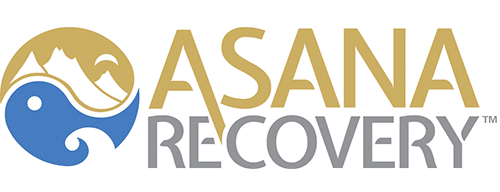In May 2016, the U.S. Food and Drug Administration approved a method of combating opioid addiction called Probuphine. The medicine itself is buprenorphine, which is a partial opioid agonist, meaning it is an opioid that activates the opioid receptors in the brain, but to a much lesser degree than full agonists like heroin. It can lessen symptoms of opioid withdrawal, decrease cravings for opioids, reduce improper opioid use, and block the effects of other opioids. Previously, buprenorphine was administered either as a pill or a dissolvable paper placed under the tongue or inside the cheek. Probuphine, however, is an implantable version of the drug.
Probuphine is a flexible, rod-shaped implant a little bigger than a matchstick. It’s placed under the skin by a trained medical professional. Each implant lasts about six months and constantly delivers a low dose of buprenorphine into the bloodstream. After the six-month period, a doctor will determine whether you need to continue the treatment. Probuphine is for maintenance treatment, meaning it’s not for patients who are just beginning recovery. A good candidate would be someone who has already had success with another produce containing buprenorphine, such as suboxone.
The benefits of the implant are many. Pills and the dissolvable film can be lost, accidentally destroyed, or forgotten about. They are also often either stolen or sold to other opioid addicts. The implant does not require you to remember to take a daily medication, and it can’t be abused. The medication is evenly distributed throughout the body, which makes it more effective in reducing cravings and withdrawal symptoms. It also removes the element of choice for someone who may be struggling with willpower, as you can’t simply decide to stop taking it. Probuphine is part of medication-assisted treatment (MAT), which combines medications and behavioral therapy to treat addiction. It is not meant to be used alone without counseling or other support.
As with any medication, there are some risks. If inserted improperly, nerve damage, infections, and expulsion of the device could occur. There is also a slight chance of embolism, or blockage of an artery by an air bubble, which can cause strokes, heart problems, and even death. Because of these risks, all medical professionals who administer probuphine must complete something called the Probuphine REMS program (Risk Evaluation and Mitigation Strategy), which trains and certifies providers to safely insert and remove the device.
Some experts also worry that patients will view the implant as a sort of six-month cure and that they will neglect the other areas of their treatment. For example, if they don’t need to return to a doctor for six months to get more of the medication, they might decide to stop coming to follow-up appointments or therapy.
If you or a loved one need help with quitting drugs or alcohol, consider Asana Recovery. We offer medical detox, along with both residential and outpatient programs, and you’ll be supervised by a highly trained staff of medical professionals, counselors, and therapists. Call us any time at (949) 438-4504.



